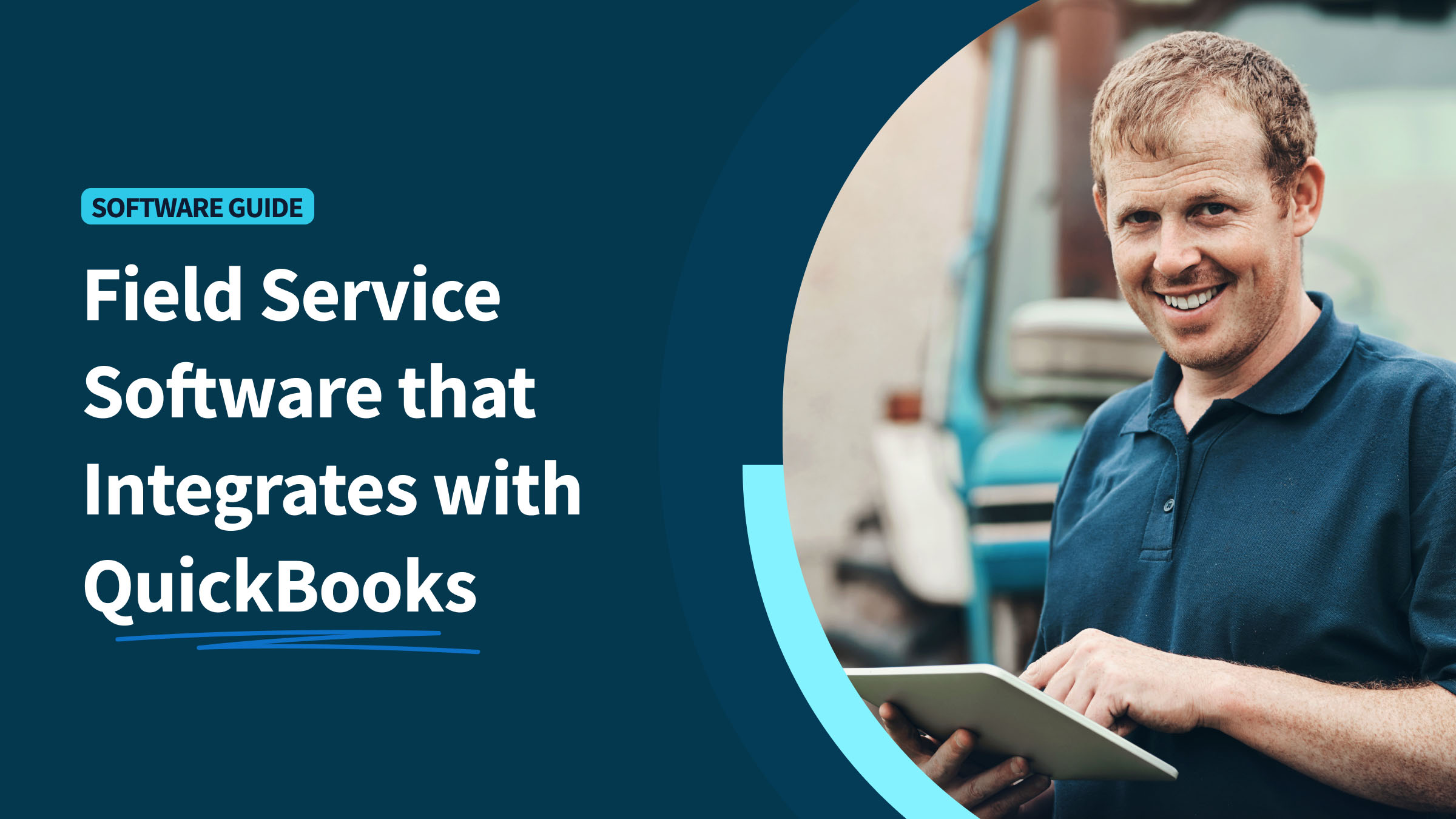It’s never fun to give money you’ve already entered into QuickBooks back to a customer, but refunds are a necessary part of doing business.
In fact, 8.89% of products bought in-store are returned. That number increases to 30% for online purchases.
But returns aren’t the only instance where you’ll need to refund your customers.
Suffice to say, in order to stay legally compliant, maintain accurate records, and keep your customers happy, you need to know how to issue a refund in QuickBooks.
In this article, you’ll learn:
- Why refunds are necessary
- When you need to enter refunds.
- How to issue a refund in QuickBooks.
- How to categorize a refund in QuickBooks to locate it easily.
- How to find a Refund in QuickBooks.
Let’s get started!
Why refunds are necessary
Refunds play a critical role in the business ecosystem, serving as a bridge between maintaining customer satisfaction and ensuring financial accuracy. They are not merely transactions that return money to a customer. Refunds are a statement about a business’s commitment to service quality, trust, and integrity.
Understanding why refunds are necessary can help businesses navigate the complexities of customer relationships and financial management with greater ease. Here’s a breakdown of the key reasons why issuing refunds is essential for businesses:
1. Customer satisfaction and loyalty
The primary reason for issuing refunds is to uphold customer satisfaction. When customers know that they can return a product or cancel a service and receive their money back, they feel more secure in their purchasing decisions.
This security can translate into higher customer loyalty, as buyers are more likely to return to a business that stands by its products or services.
2. Legal compliance
In many jurisdictions, businesses are legally required to issue refunds under certain conditions, such as faulty products or services not rendered as described.
Compliance with these laws not only avoids legal penalties but also demonstrates a business’s commitment to fair and ethical practices.
3. Reputation management
In the age of social media and online reviews, a single negative experience can be amplified and affect a business’s reputation.
Promptly issuing refunds when warranted can prevent negative reviews and build a positive public perception, showing that a business values its customers and is committed to rectifying issues.
4. Financial accuracy
Refunds are necessary for maintaining accurate financial records. By correctly processing refunds in accounting systems like QuickBooks, businesses ensure that their financial statements reflect the true state of their financial health.
This accuracy is crucial for internal assessments, tax reporting, and attracting investors or securing loans.
5. Operational insights
The process of issuing refunds can provide valuable insights into a business’s operations. Patterns in refunds can highlight areas for improvement, whether in product quality, service delivery, or customer service.
Addressing these areas can lead to reduced refund requests over time and improvements in overall business performance. You’ll also be able to simplify your inventory management to process the refunds that do happen.
6. Building trust
Offering refunds when due helps build trust between a business and its customers. Trust is the foundation of customer loyalty and can differentiate a business from its competitors.
A transparent refund policy that is clearly communicated and fairly implemented reassures customers that their satisfaction is a top priority.
7. Enhancing customer experience
The refund process is an integral part of the customer experience. How a business handles refunds can significantly impact a customer’s overall perception of the business. A smooth, hassle-free refund process can turn a potentially negative experience into a positive one, encouraging customers to give the business another chance in the future.
Refunds are more than just a transactional necessity but a strategic component of a successful business model. By understanding and embracing the importance of refunds, businesses can foster positive customer relationships, maintain legal and financial integrity, and glean insights for continuous improvement.
When to enter a refund in QuickBooks
Here are some instances where you’ll want to know how to issue a refund in QuickBooks:
- Product returns: This is when a customer returns a product they’ve purchased due to defects, dissatisfaction, or any other reason. For example, they might be eligible for a refund if a product fails within its warranty period.
- Cancellations: If a customer cancels a service, event, or subscription that they’ve paid for in advance, they are likely entitled to a partial or full refund.
- Billing errors: Mistakes happen when handling bills. You might accidentally overcharge a customer or have an issue with your payment portal. No matter the cause, knowing how to issue a refund in QuickBooks lets you quickly correct any errors.
- Overpayments: Sometimes, customers pay more than what’s due, either by mistake or misunderstanding. You might have to issue a refund that returns the amount overpaid to your customer.
- Duplicate payments: If a customer accidentally pays an invoice twice, you must issue a refund for the duplicate payment.
- Legal obligations: Depending on your local laws and regulations, you may need to know how to issue a refund in QuickBooks under certain circumstances.
- Credit: If your customer has credit with your business, you could refund the credited amount instead of leaving the balance for future transactions. Common reasons to do this include customer requests, lack of future transactions, and accounting clarity.
How to issue a refund in QuickBooks: Step-by-step video tutorial
This step-by-step video tutorial shows you how to issue a refund in QuickBooks.
Understanding how to issue and categorize a refund in your accounting software means that you can make any customer wrong right. Watch to improve your customer satisfaction and ensure accurate financial records.
How to categorize a refund in QuickBooks
Here’s how to categorize a refund in QuickBooks:
- Go to “Bookkeeping” on the left and select “Transactions”. You’ll see a box for each bank and credit card you’ve connected.
- Select any of the boxes to show the downloaded transactions for that account. Here is where you’ll see all the transactions that QuickBooks has downloaded from your bank.
- Either “Confirm” or “Review” each of these transactions. When you see “Confirm”, it means that QuickBooks is suggesting a category for you. When you see “Review”, you’ll need to tell QuickBooks what category the transaction should be in. Select the transaction to see more information.
- From the “Category” drop-down menu, select “Refunds Allowances” and make any changes or add any missing details.
- Select “Confirm” when finished.
How to find a refund in QuickBooks
Now that you know how to issue a refund in QuickBooks, here’s how to find previous refund receipts:
- Go to the “Customers” menu and select “Customer Center”.
- Find and open your refunded customer’s profile.
- Find and open the customer’s “Credit Card Refund” or “Credit Memo” page.
- In the new window that opens, select “View Refund receipt”.
How to refund a customer’s overpayment or credit
Sometimes, you’ll need to know how to issue a refund in QuickBooks or apply customer credit for an overpayment.
How to refund a customer for an overpayment
Step 1: Record the refund for your customer
- Open “Expense” or “Check”, depending on what you’re refunding.
- In the “Payee” drop-down menu, select the customer you want to refund.
- From the “Payment account” drop-down menu, select the bank account where you deposited the overpayment.
- In the “Category” column, click “Accounts Receivable”.
- Enter how much you want to refund in the “Amount field”.
- Fill in any other relevant details and click “Save and close”.
Step 2: Link the refund to your customer’s overpayment
- Open “Receive Payment” in the “Customers” menu.
- Select the same customer you used for the check or expense in Step 1.
- In the “Outstanding Transaction” section, click the checkbox next to the expense or check.
- Ensure the payment and open balance are equal, then select “Save and close”.
How to apply credit to an invoice
- Under “+ New”, select “Receive payment”.
- Select the relevant customer, credit, and invoice.
- Select a separate, pending invoice and enter the amount overpaid in the “Payment” column to apply it to the upcoming invoice.
- Click “Save and close”.
How to find a refund in QuickBooks
Navigating QuickBooks to locate a refund you’ve issued can seem daunting at first, especially if you’re not familiar with the intricacies of this comprehensive accounting software. However, finding a refund is crucial for maintaining accurate financial records and ensuring customer satisfaction.
Whether you’re reviewing your accounts, preparing for audits, or simply want to confirm the details of a transaction, QuickBooks offers a straightforward process to locate any refund. Here’s a step-by-step guide to help you find a refund in QuickBooks efficiently:
Step 1: Access the customers menu
Start by opening QuickBooks and navigating to the “Customers” menu. This section is your gateway to all customer-related transactions, including refunds, payments, estimates, and invoices.
Step 2: Select customer center
Within the “Customers” menu, you’ll find the “Customer Center” option. Click on this to proceed. The Customer Center provides a comprehensive view of all your customer interactions, transactions, and profiles.
Step 3: Open the refunded customer’s profile
Scroll through your list of customers or use the search function to locate the profile of the customer who received the refund. Once found, click on their profile to open it. Here, you’ll see detailed information about the customer, including their transaction history with your business.
Step 4: Find the credit card refund or credit memo page
Within the customer’s profile, look for the “Credit Card Refund” or “Credit Memo” page. This page lists all refund transactions associated with the customer. Depending on the nature of the refund you issued, it could be categorized under either of these sections.
Step 5: View the refund receipt
Once you’ve located the correct refund transaction, click on it to open a new window where you can view the refund receipt in detail. This receipt contains all the pertinent information about the refund, including the amount, date, and reason for the refund.
QuickBooks refund FAQs
How can I close an invoice and refund a deposit in QuickBooks?
To close an invoice and refund a deposit in QuickBooks Online:
- Create a credit memo.
- Create a check to refund the deposit.
- Record a payment.
If you use QuickBooks Desktop, you’ll have to sign up for a QuickBooks Payments account. To refund a deposit you processed using QuickBooks Payments:
- Create a credit memo.
- Refund the customer’s credit card.
- Apply the credit memo.
If I enter a credit card refund in Quickbooks, will the difference show in my credit balance?
Yes, the difference will show in your credit balance if you enter a credit card refund in QuickBooks. It’s recorded as a negative amount, so the balance of your credit card account will reduce by the refund amount.
If I issue a refund in QuickBooks, when will my customer get their money back?
It can take several days for your customer to get their money back when you issue a refund in QuickBooks.
Find your confidence in the chaos with a free library of QuickBooks tutorials.
Image credit: Karolina Grabowska via Pexels






